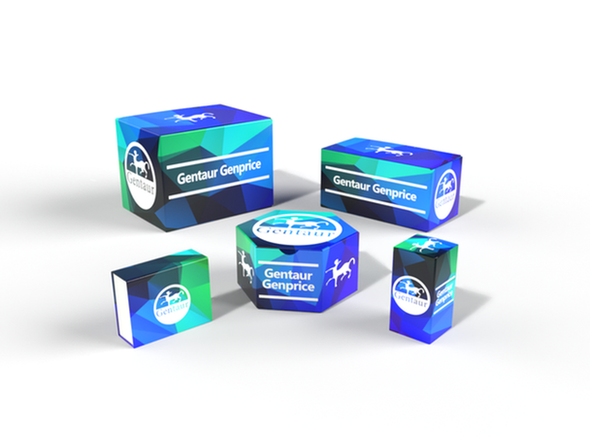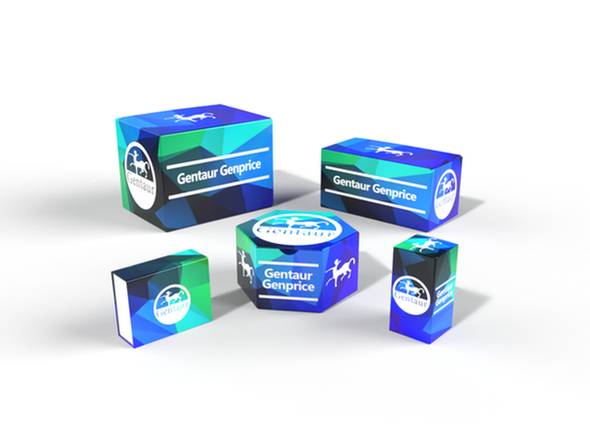740
Mouse Uromodulin (UMOD) ELISA Kit | AE12201MO
- SKU:
- 740-AE12201MO
- Availability:
- Usually ships in 5 working days
Description
Mouse Uromodulin (UMOD) ELISA Kit | AE12201MO | Gentaur UK, US & Europe Distribution
Species Reactivity: Mouse (Mus musculus)
Abbreviation: UMOD
Alternative Name: ADMCKD2; FJHN; HNFJ; HNFJ1; MCKD2; THGP; THP; Tamm-Horsfall glycoprotein|uromodulin (uromucoid; Tamm-Horsfall glycoprotein) |uromucoid
Application: ELISA
Range: 0.156-10 ng/mL
Sensitivity: 0.055 ng/mL
Intra-Assay: ≤4.7%
Inter-Assay: ≤6.9%
Recovery: 0, 97
Sample Type: Serum, Plasma, Other biological fluids
Detection Method: Sandwich
Analysis Method : Quantitive
Test Principale: This assay employs a two-site sandwich ELISA to quantitate UMOD in samples. An antibody specific for UMOD has been pre-coated onto a microplate. Standards and samples are pipetted into the wells and anyUMOD present is bound by the immobilized antibody. After removing any unbound substances, a biotin-conjugated antibody specific for UMOD is added to the wells. After washing, Streptavidin conjugated Horseradish Peroxidase (HRP) is added to the wells. Following a wash to remove any unbound avidin-enzyme reagent, a substrate solution is added to the wells and color develops in proportion to the amount of UMOD bound in the initial step. The color development is stopped and the intensity of the color is measured.
Product Overview: The olfactory system provides a unique model for developmental neurobiology. Olfactorin is a secreted modular protein containing several domains typically present in extracellular matrix proteins. During embryonic development expression of the Umodl1 gene is detectable only in the olfactory epithelium and vomeronasal organ starting at embryonic day 16.5. At this stage, Umodl1 expression within the olfactory epithelium is punctate, and is restricted to only some of the sensory neurons. At birth and postnatally, expression in these organs continues and involves more neurons. Kallmann syndrome is a genetic disease in which olfactory axons fail to connect to target neurons in the bulb.Olfactorin may play a role in correct olfactory axon navigation to the brain.
Stability: The stability of ELISA kit is determined by the loss rate of activity. The loss rate of this kit is less than 5% within the expiration date under appropriate storage condition. The loss rate was determined by accelerated thermal degradation test. Keep the kit at 37°C for 4 and 7 days, and compare O.D.values of the kit kept at 37°C with that of at recommended temperature. (referring from China Biological Products Standard, which was calculated by the Arrhenius equation. For ELISA kit, 4 days storage at 37°C can be considered as 6 months at 2 - 8°C, which means 7 days at 37°C equaling 12 months at 2 - 8°C) .






